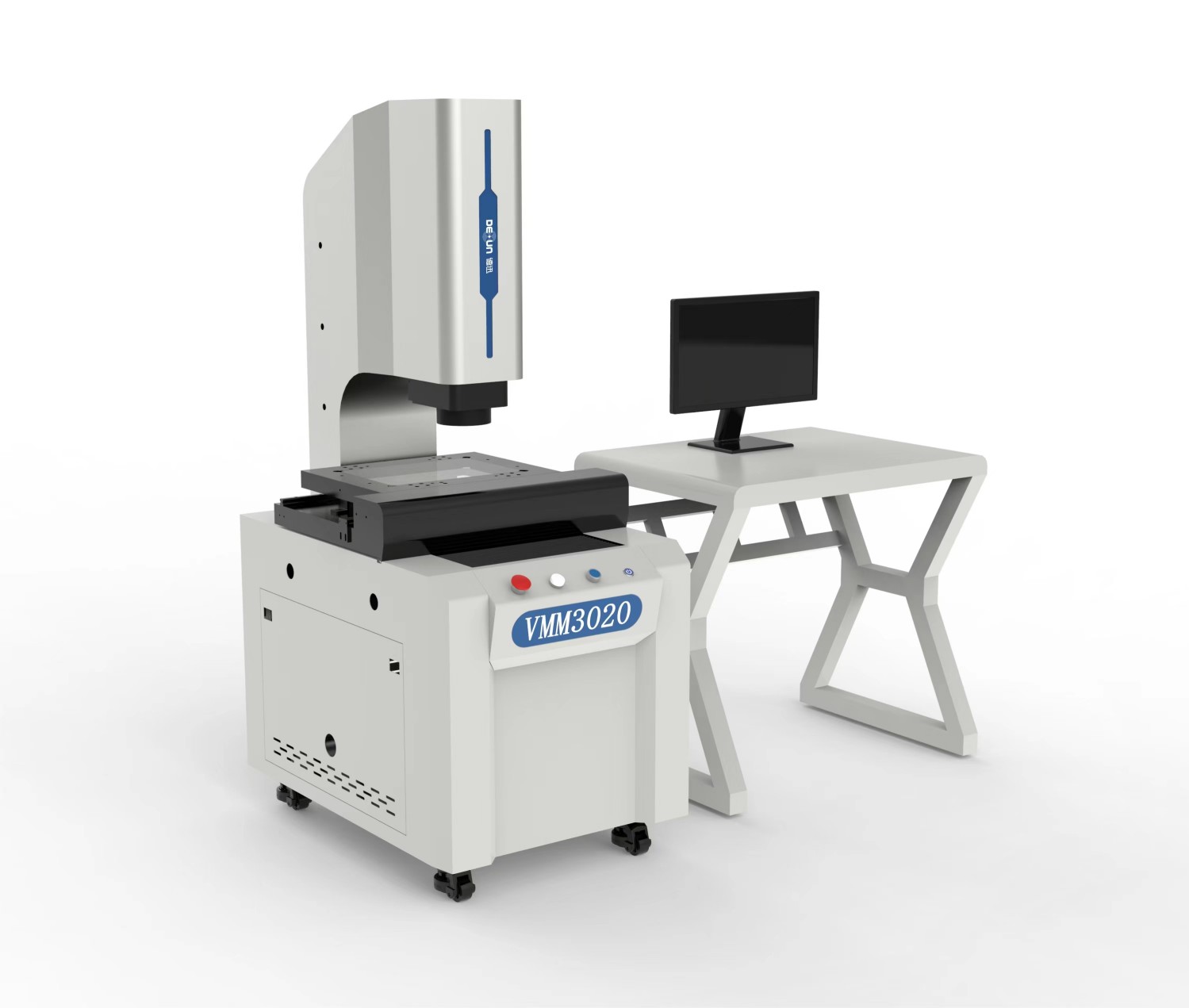In the natural world, ginseng and tilapia have never crossed paths—ginseng is a plant, while tilapia is a freshwater fish. However, through scientific innovation, researchers have created a unique hybrid that thrives in a controlled environment. This breakthrough shows how science is redefining what was once thought impossible.
As global demand for seafood continues to rise, scientists are exploring ways to grow saltwater fish in freshwater environments. Industry expert Howard Johnson explains that with natural resources becoming scarcer, aquaculture offers a promising solution. In 2002, each American consumed nearly 16 pounds of seafood, a significant increase from previous years. By 2020, the demand is expected to jump by 1.1 billion pounds annually, pushing the industry to find sustainable solutions.
Researchers at the Harbour Branch Oceanic Institute are developing new aquaculture technologies to meet this need. They're experimenting with species like ginseng fish, flatfish, and black sea bass, gradually reducing their dependence on saltwater. This shift not only helps conserve marine ecosystems but also opens up new opportunities for inland farmers.
These advancements make seafood more accessible and affordable. As Kenneth Raleigh from the Institute of Marine Research notes, even places like Kansas or Missouri can now enjoy fresh fish and shrimp regularly. It's no longer a luxury—it's a practical choice that diversifies food options.
Another key area of research involves manipulating fish reproduction. Scientists are learning to breed species that naturally reproduce infrequently, such as flounders, by controlling temperature and light in greenhouses. This allows for year-round production, making it easier to meet market demands.
In addition to environmental control, special feed is being developed to enhance fish growth, nutrition, and disease resistance. Just like the poultry industry has seen improvements, aquaculture aims to achieve similar efficiency and cost-effectiveness.
Artificial aquaculture is also stabilizing traditional fishing industries. After the 1995 fishing ban severely impacted the ginseng fish industry, aquaculture became a viable alternative. With artificial farming, fish populations can be replenished, ensuring long-term sustainability.
The growth of aquaculture has been remarkable. Over the past two decades, the industry has grown by 300%, becoming one of the fastest-growing sectors in the U.S. Experts predict that by 2020, farmed shrimp, squid, tilapia, and other species will dominate the seafood market.
Many farmers have already made the switch. Schumann, a former citrus farmer, transitioned to shrimp farming after discovering that shrimp can adapt to freshwater environments. His operation now produces 2,000 pounds of shrimp yearly, sold to high-end restaurants and resorts.
For Schumann, the move aligns with both economic and environmental goals. “It’s good for the planet and for our family’s future,†he says. As aquaculture continues to evolve, it's clear that the future of seafood lies in innovation, sustainability, and smart farming practices.
One-click Splicing Measuring Machine
Instrument Introduction
1. Ultra large field of view, no distortion, fully automatic, and high-precision.
2. Simply place the workpiece in the effective measurement area and lightly press a button to instantly measure all two-dimensional dimensions.
3. Any workpiece can be placed and multiple measured objects can be recognized simultaneously.
4. Any tedious measurement task becomes incredibly simple.

One-click Splicing Measuring Machine,One Button Flash Test Splicing,Video Measurement Splicing Instrument ,Measurement Splicing Instrument,Batch Detector
Zhejiang dexun instrument technology co., ltd , https://www.dexunmeasuring.com